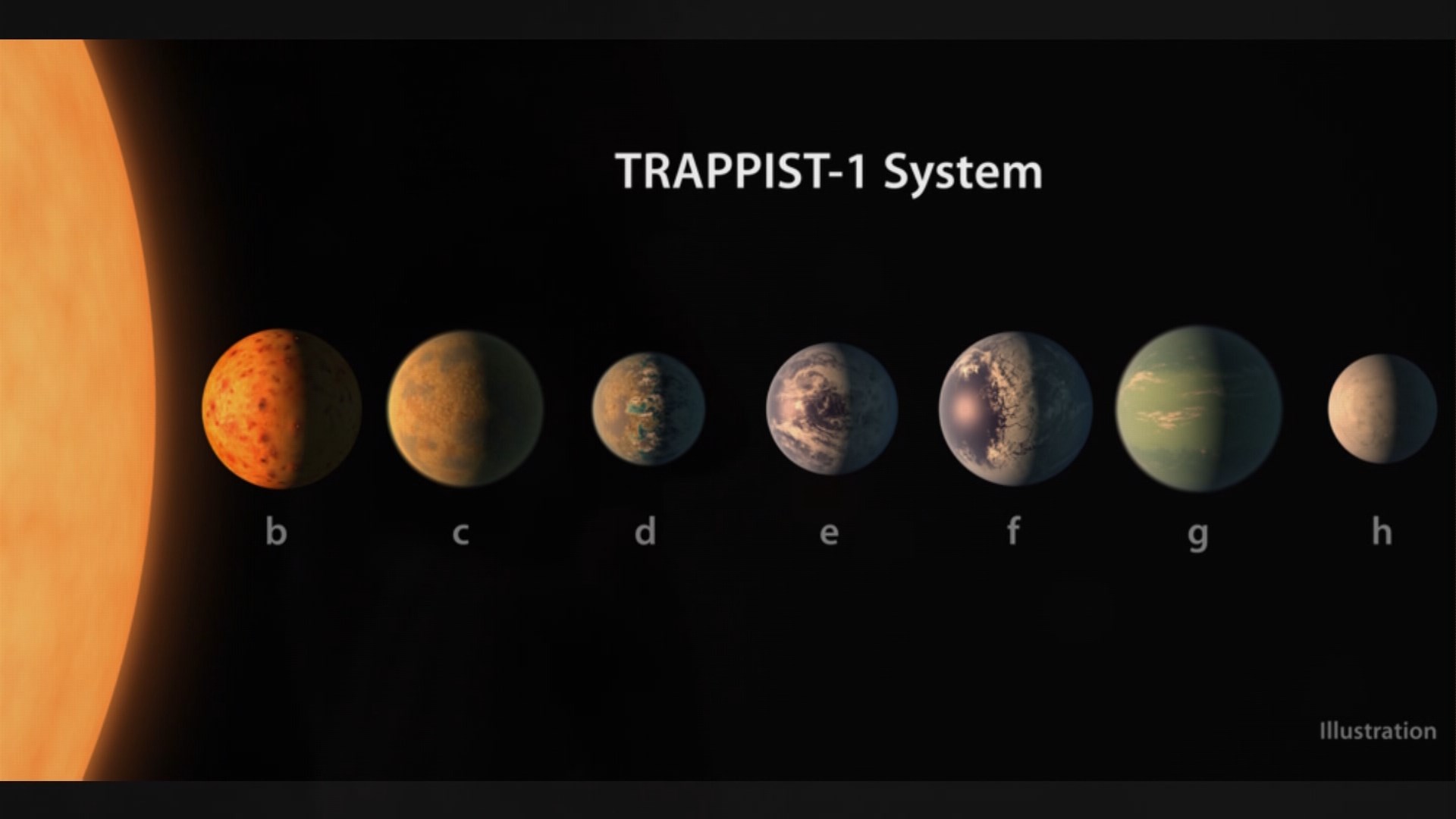SEATTLE – The University of Washington is again playing a role in space discoveries.
NASA announced this week that five more exoplanets have been found around the red dwarf star TRAPPIST-1.
Finding the planets 40 light years or 235 trillion miles from Earth is a collaborative effort involving scientists from around the world including Eric Agol, an astrophysicist from the University of Washington’s department of astronomy.
Agol had discovered a technique for calculating the mass of planets as they interact gravitationally, which has helped in the discoveries as the planets dim the light of the star as they pass before it. Scientists can track the dimming and the orbit of each planet about every 20 days.
Related: Explore TRAPPIST-1
While the Earth’s sun is eight times larger than TRAPPIST-1, the detection of the now seven planets is significant since the discovery concludes it is the largest concentration of Earth sized, potentially rocky planets within the Goldilocks zone and the closest to our own solar system. The Goldilocks zone includes planets considered potentially habitable from a star, because they’re not too warm and not too cold.
While he played an assisting role in this discovery, Agol has his own planet discovery to his credit – finding Kepler 62F in 2013. 1,200 light years from Earth, the larger than Earth planet may be in a zone also potentially capable of supporting liquid water and life.
As for TRAPPIST-1, his technique involves what he calls “distracted driving,” and comes from the orbits of the seven planets being so close to each other as to influence each other with their respective gravitational fields.
“That gravitational turn then changes the speed at which the planets move, it causes them to swerve a little bit like a distracted driver,” said Agol.
The orbits around the star are so close in, they would all be inside the orbit of Mercury, the first planet to orbit the Sun in our own solar system.


